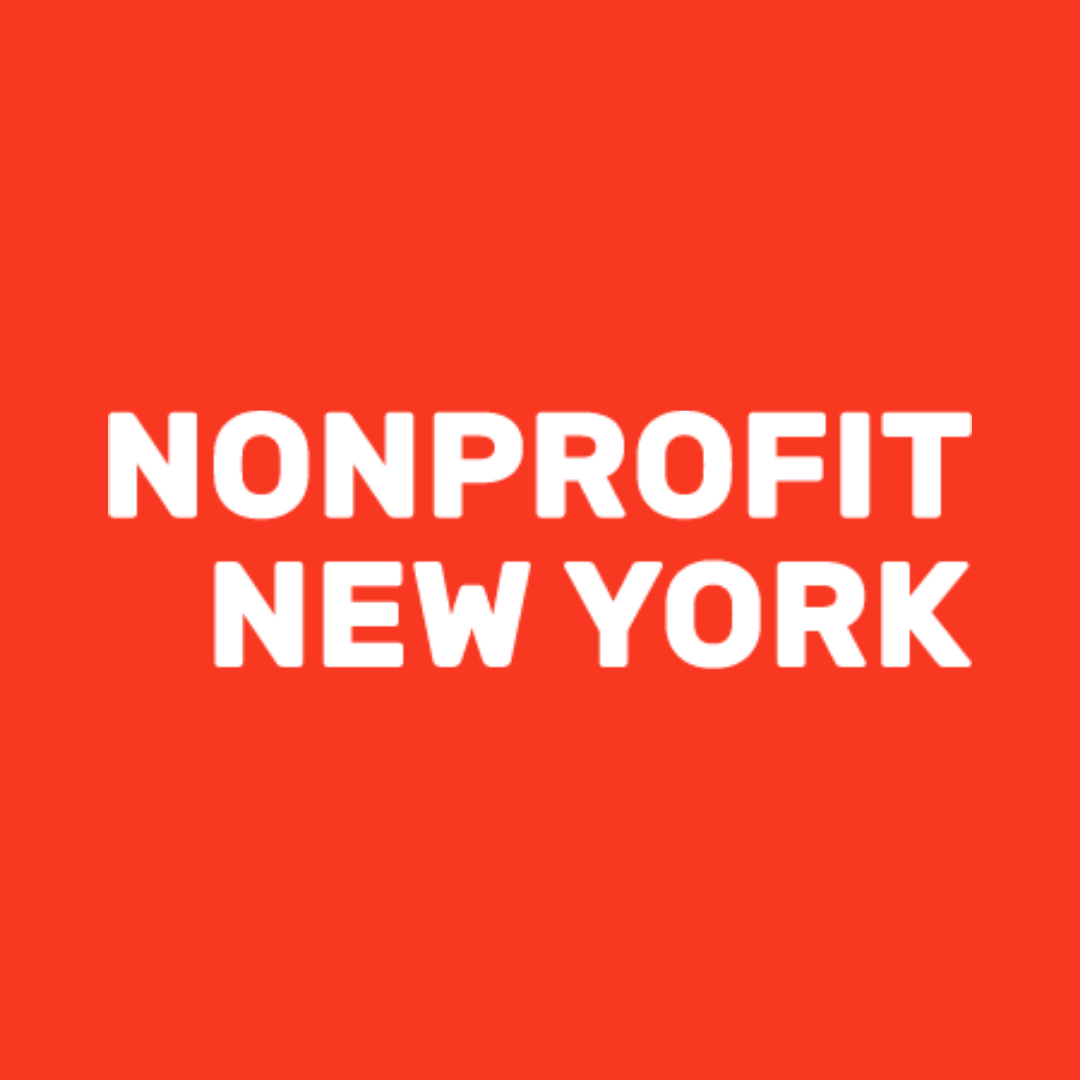Comments on Proposed Rules for Reporting on and Complying with Local Law 97, Sustainable Buildings – From November 14, 2022, Public Hearing
By Chai Jindasurat-Yasui
To: New York City Department of Buildings
Nonprofit New York champions and strengthens nonprofits through capacity building and advocacy to cultivate a unified, just, and power sector, representing close to 1,000 501(c)(3) nonprofit organizations in the New York City area. New York City’s nonprofits contribute $77.7 billion to the city’s economy, comprising 9.4% of the city’s GDP, and employ 18% of the city’s workforce.
Nonprofit New York offers this testimony on behalf of our members and the broader nonprofit sector. Nonprofit New York supports the Climate Mobilization Act, Local Law 97, of 2019, and seeks to make the law workable for the collective good of all of New York City to mitigate against the imminent threat of devastating climate change. Our comments provide issues related to how the law’s implementation and rulemaking can (1) account for the unique public benefits nonprofits provide to our city; (2) how the implementation of Local Law 97 can be more equitably distributed for the nonprofit sector; (3) account for the limited financial resources many nonprofits have to make upfront capital improvements to comply with the law; (4) how city and other government contracts will cover capital improvements; (5) the missed opportunity to re-invest noncompliance fees in funds for organizations serving the city to become more sustainable, and (6) the need to increase education for the sector on compliance with the law. Nonprofit New York offers recommendations to improve the city’s implementation of the law.
Limitations of the Rule’s Property Type Emissions Factors
The proposed rule provides much-anticipated information about emissions factors by property type, however, the city has not provided a rationale for the varying emissions factors by property type. Nonprofits exist to uniquely provide a public good, often in lieu of the government providing the service itself. Are nonprofit services a factor in a property type emissions factor? Are nonprofits accounted for under various property types? Low-income housing buildings have an extended timeline for compliance. Is this because the city considers the communities served by low-income housing and the corresponding public benefit from low-income housing properties a higher priority for financial sustainability? If that is the city’s rationale, nonprofits serving similar public goals should be considered in the regulatory scheme of how penalties are collected and what funding should be made available. To improve the policy design of Local Law 97’s implementation, the city should provide a rationale for the property type emissions factors and further clarify nonprofit types under the property type emissions factors.
Nonprofit New York Is Encouraged by the City’s Resources to Help Buildings Comply with the Law and Recommends More Robust Public Education
Climate change is a very real threat to our city and the world, with building emissions accounting for two-thirds of the City’s carbon emissions. Nonprofit New York is proud to work with the city on one of the most ambitious building emissions policies in the country. In our experience to date, NYC Accelerator is providing critical resources, technical assistance, and education to buildings in New York City. Of the nonprofits who have had the resources to invest in energy efficiency, retrofitting, and other sustainability capital improvements, nonprofits save money in the long run by becoming more sustainable. We encourage the city to provide more education about the free technical assistance available and bolster the services offered by NYC Accelerator.
Nonprofit Policy Issues Regarding Local Law 97
- The Burden of Implementation Should Be Equitably Distributed
The city has exempted their own buildings from compliance with the law. This means the burden of meeting carbon emission reduction targets falls on all other buildings in the city. The city should provide in future rulemaking and in oversight hearings the rationale for why city buildings are exempt, and how that rationale may be applied to other similarly situated buildings providing significant public good through their services to communities. However, our recommendation would not be to further expand exemptions for more buildings, because that would undermine progress toward the need to significantly reduce carbon emissions. We recommend the city hold itself to the same standards as all other buildings so the burden of implementation can be more equitably shared.
- Many Nonprofits in New York City Are Unaware of How Quickly They May Face Financial Penalties or Cost Increases
Nonprofits who are tenant leaseholders in covered buildings over 25,000 may well absorb their landlord’s costs for capital improvements. Without strong lease contract protections, nonprofit tenants may see untenable escalating costs. The City’s technical resources on compliance should increase expertise and information for all tenants, commercial and residential, who have space in a covered building that will be subject to compliance. Nonprofits that own their buildings are more likely to be aware of the fast-approaching emissions goals of the law.
- Financial Capacity for Nonprofits to Make Capital Improvements and Lack of Awareness About Available Resources
Nonprofits in New York City are financially fragile, with estimates that 40% have virtually no cash reserves. While the sector supports the goal of reducing emissions, many nonprofits with limited financial resources simply do not have the financial resources to make significant capital improvements. Current financial options are all debt-based, which concerns risk-averse organizations with limited revenue. To our knowledge, there is no dedicated funding stream for nonprofits to make capital improvements to comply with the law.
From our anecdotal experience, large and well-resourced nonprofits like large hospitals, universities, and organizations with endowments typically have the capital resources to comply with the law. These types of organizations are also more likely to have sophisticated legal counsel and stronger lease protections if they do not own their facilities. The city should apply an equity analysis to both financing and funding options for compliance with Local Law 97.
- The City’s Rules are Unclear On Whether City and State Contracts Will Cover Increased Expenses for Compliance
The city relies heavily on nonprofits to provide city services through contracted work. To date, the city has not discussed whether the city and other government contracts will be amended to cover increased costs associated with compliance with Local Law 97.
- Fines for Noncompliance Should be Invested in Sustainability Funding
As the law and implementation are currently crafted, fines for noncompliance go to the city’s general fund. This will be a serious missed opportunity to reinvest funding for buildings to be able to make renovations to reduce their emissions. The city’s policy design is deeply flawed if fines for noncompliance are not reinvested in dedicated funding streams for building sustainability improvements.
- Resources for Nonprofits to Make Energy and Sustainability Capital Improvements are Not Well-Known
When we have discussed Local Law 97 with our members and the sector, most nonprofits are unaware of where to begin and the resources available to prepare for compliance. Environmental nonprofits and nonprofits that specialize in energy efficiency have the most sophisticated understanding of the law and the various private providers available to assist nonprofits in preparing to comply with the law. We are also unclear on how overlapping climate justice policies can be applied in preparation for Local Law 97 compliance, including incentives authorized by the Inflation Reduction Act, the recently passed Environmental Bond Act, and other programs.
Recommendations for Future Rulemaking and Policy Design
Nonprofit New York offers the following recommendations to the City to address the above concerns with the current rule and policy design of Local Law 97:
- The city should clarify the rationale for the property type emissions factors.
- Future rulemaking should specifically consider the nonprofit status and public benefit in the analysis of a property type’s emissions factor.
- The city should provide more public education to nonprofits on fast-approaching compliance information.
- Compliance assistance programs should increase resources for energy efficiency and building sustainability for commercial leaseholders.
- The city should create dedicated funding streams for nonprofit sustainability capital improvements.
- The city should create tax Incentives for nonprofit energy efficiency and sustainability improvements, including property tax abatements for landlords who rent to nonprofits.
- Implementation programs should provide comprehensive and streamlined information on various incentive and exemption programs available for nonprofits including how the following may be available for nonprofits who need to make capital improvements:
- The Inflation Reduction Act
- NYSERDA programs
- New York State’s Environmental Bond Act
- Property tax exemption schemes
- The Gross Receipts Tax Exemption is applied to a nonprofit’s power bill.
- The city should match the amount of financial penalization of nonprofits with public investment in nonprofit sustainable energy renovations.
- To ensure public trust and demonstrate good faith, the city should report on city building emissions and disclose why city buildings are exempt.
Office of the City Comptroller and Nonprofit New York. July, 2020. The Economic Impact of NYC Nonprofit Organizations. https://comptroller.nyc.gov/reports/the-economic-impact-of-nyc-nonprofit-organizations/
SeaChange Capital Partners and Oliver Wyman. March 2016. Risk Management for Nonprofits. https://seachangecap.org/wp-content/uploads/2016/03/SeaChange-Oliver-Wyman-Risk-Report.pdf

